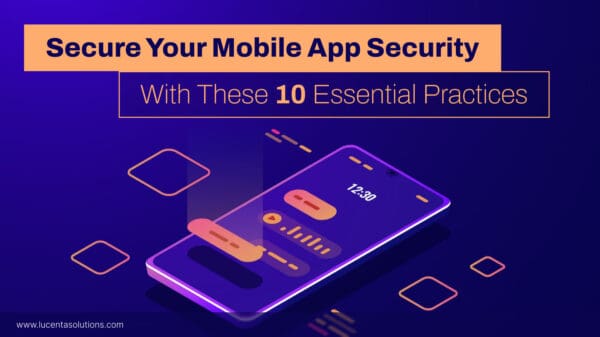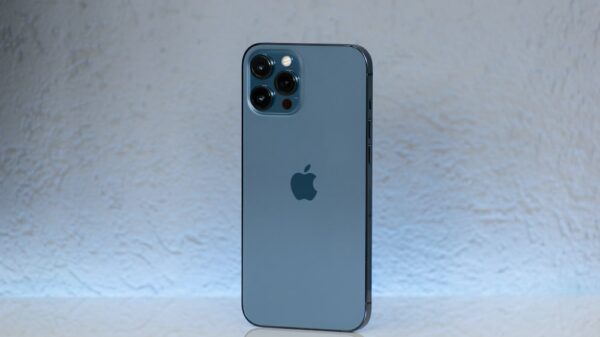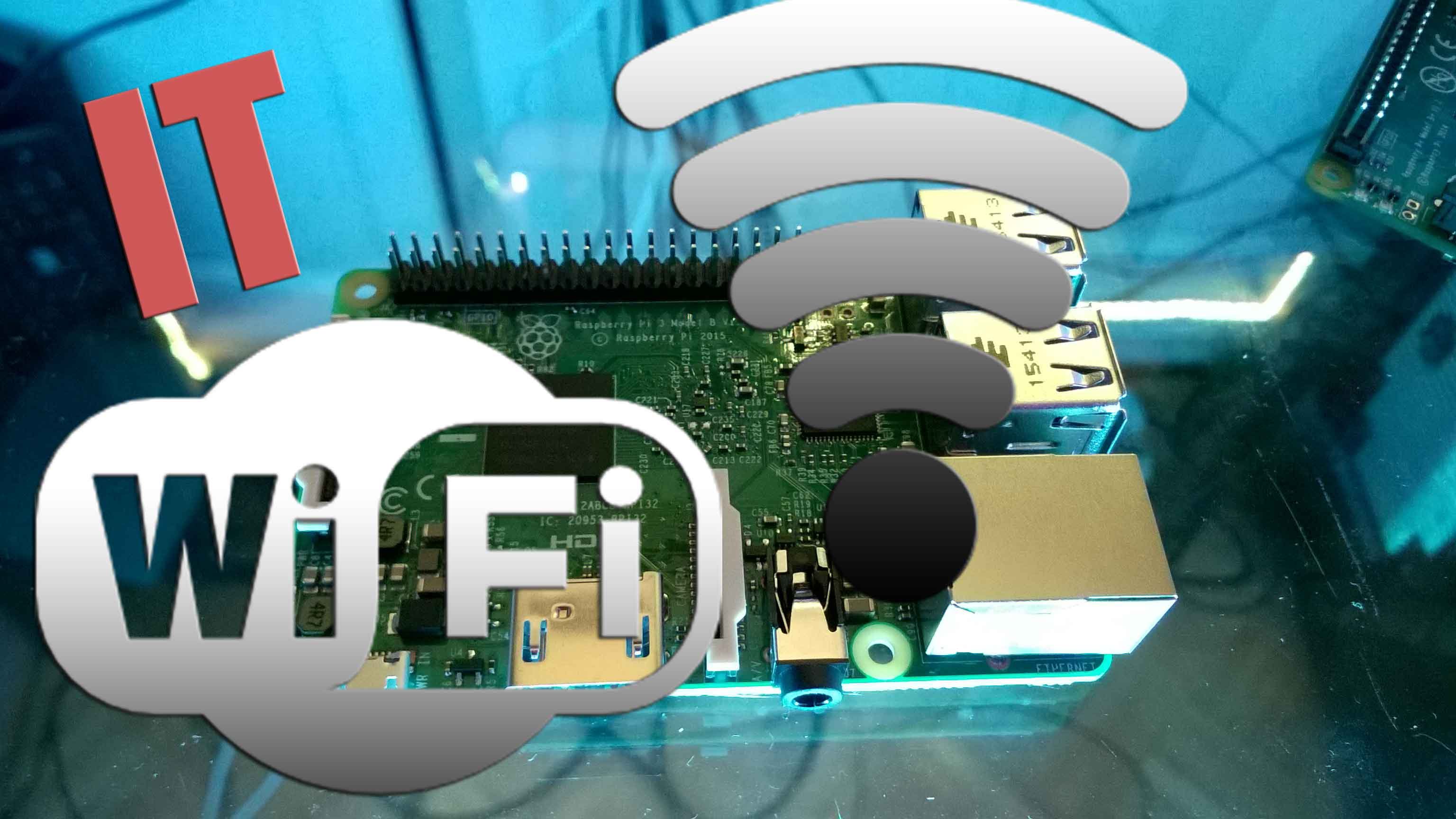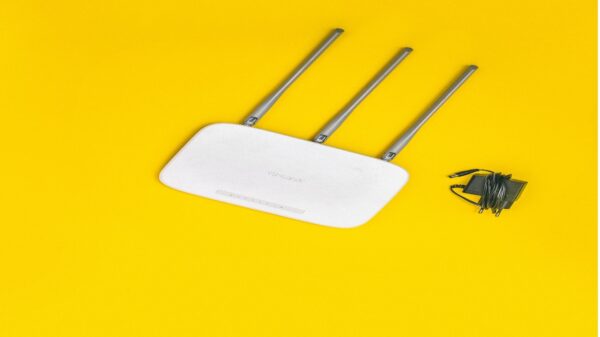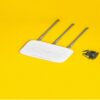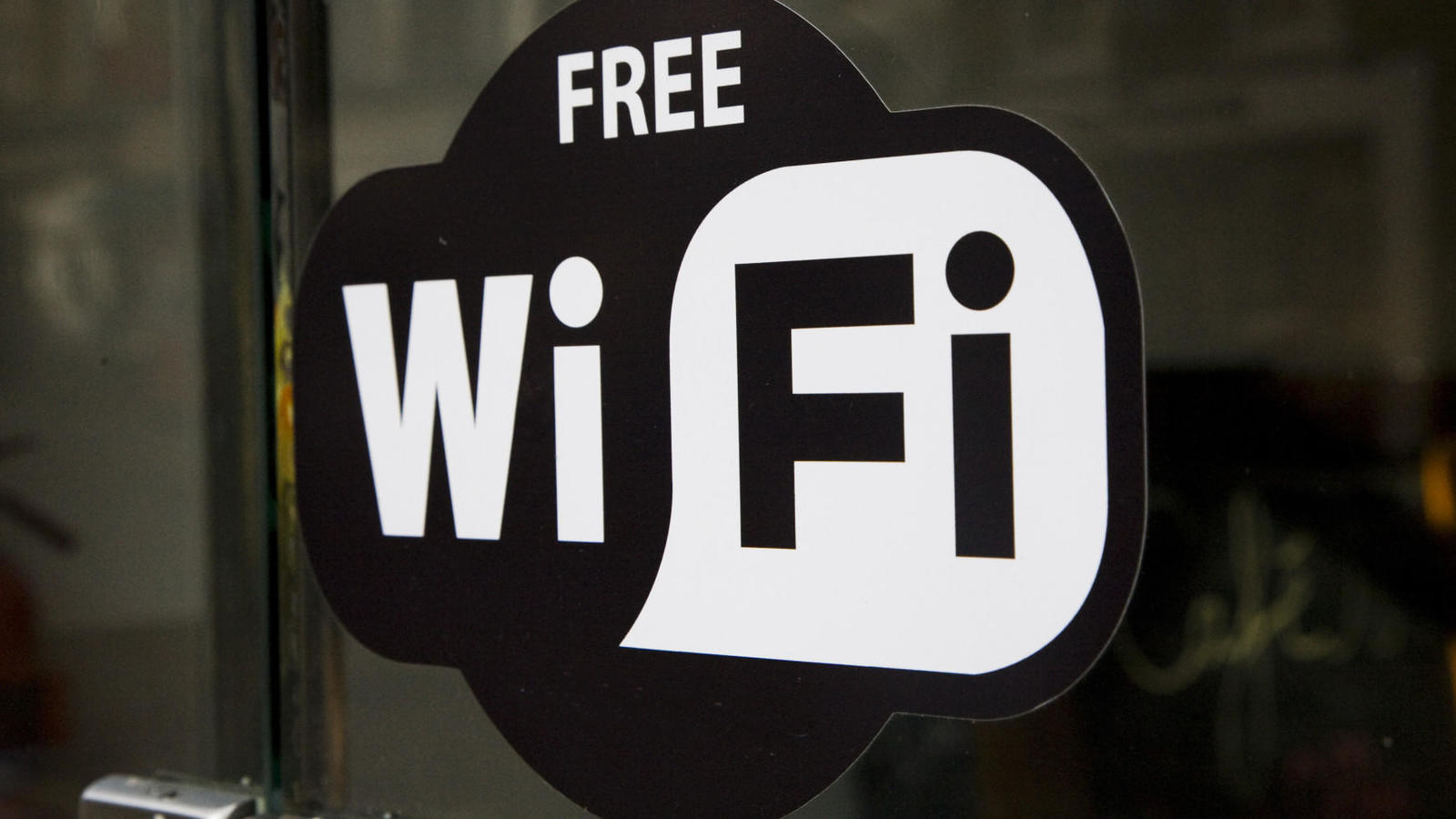With technology evolving every year, every aspect of our lives has been transformed dramatically over the years. Technology has been growing at an incredible rate. Technology has been integrated rapidly in every domain. From business to education, technology augmentation has made the processes simpler and our lives easier.
Education has been one of the domains that have benefited immensely from the evolution of technology. This is because education has moved way ahead of the traditional methods and have ventured into an extremely progressive arena. Technology plays a crucial role in keeping up with the changing times and supporting this reformation.
This has created a change in the instruction methods in the campuses and has laid more stress on the provision of WiFi. To support the technological implementations in the education sector, it has become increasingly important to equip campuses with reliable, high-quality and secure WiFi networks.
Let’s take a look at the education technology trends that have laid a strong case for an improved campus WiFi network design.
Online Learning
Online resources have turned out to be invaluable for learning anything. These help in enhancing the overall learning by providing important facts about various topics and subjects. Online learning also provides the advantage of self-paced education allowing students enough room to manage their tasks easily.
Online education provides ample learning opportunities along with access to vital information for everyone with an Internet connection and a compatible device.
Wearable Technology
Wearables have turned out to be extremely supportive technologies that can aid in the learning process of students. For example, Google Glass, VR headsets, smartwatches etc. have enabled education scale new heights. These have made education more seamless and have been instrumental in eliminating the barriers that restrict collaboration.
“Glass works best for capturing documentation of student learning and discovery, either from a student’s perspective or from the teacher’s,” a technology coordinator from Pennsylvania, Margaret Powers pointed out, “I think other devices like the Apple Watch and Google Cardboard offer some exciting possibilities for education. I envision teachers or even students using wearables to help monitor when they need to take a brain break and stretch and run, or practise some mindfulness. There is a lot of potential for innovation.”
Internet of Things
The Internet of Things has garnered immense popularity over the years. It has been predicted that over 50 billion connected devices will be on the Internet by 2020. The applications of IoT in the education sector are numerous. This has been fueled by the rise in mobile technology. IoT not only enhances the access to information but it also helps to keep track of key resources and improves safety within the campus.
With information at their fingertips, students can learn at their own pace, thus simplifying the entire education process. Such connected technology means that educators can now focus more on the personal instruction instead of manually grading exam papers and performing routine tasks.
Bring Your Own Device (BYOD)
Schools and colleges have been testing out a highly dynamic educational environment to allow students to learn at their own paces so that their learning isn’t restricted by any factor. As a result, the BYOD (Bring Your Own Device) trend has become quite popular over the years. With innovations in digital, assistive devices, more and more schools are allowing students to bring their computational tools to campuses. This makes education more personalized and encourages students to learn more.
The BYOD is a powerful trend that has the potential to deliver education in new and improved ways. This makes students more enthusiastic about learning.
WiFi Network in Campuses
Each of these technologies and their implementations stress on the availability of reliable WiFi network in the campuses. Wireless technology can be used to facilitate connectivity among the various devices being used, thus making learning simpler. In addition to that, the quality of WiFi being used in campuses can affect business for schools, colleges and universities from potential students as well as business partnerships. As a result, these institutions need to invest in quality wireless technology in order to stay ahead of their competition.
With the growing integration of these trends in education, installing a good quality WiFi connection in the campuses has become important.
Steven Scheck is the Principal of Inspire WiFi, the nationwide leader of multifamily wifi and healthcare wifi. When he isn't bringing Wi-Fi to the masses, he enjoys spending time and traveling with his wife and 4 kids and occasionally gets in a round of golf. He is also very involved in philanthropic causes in Miami and nationally.








